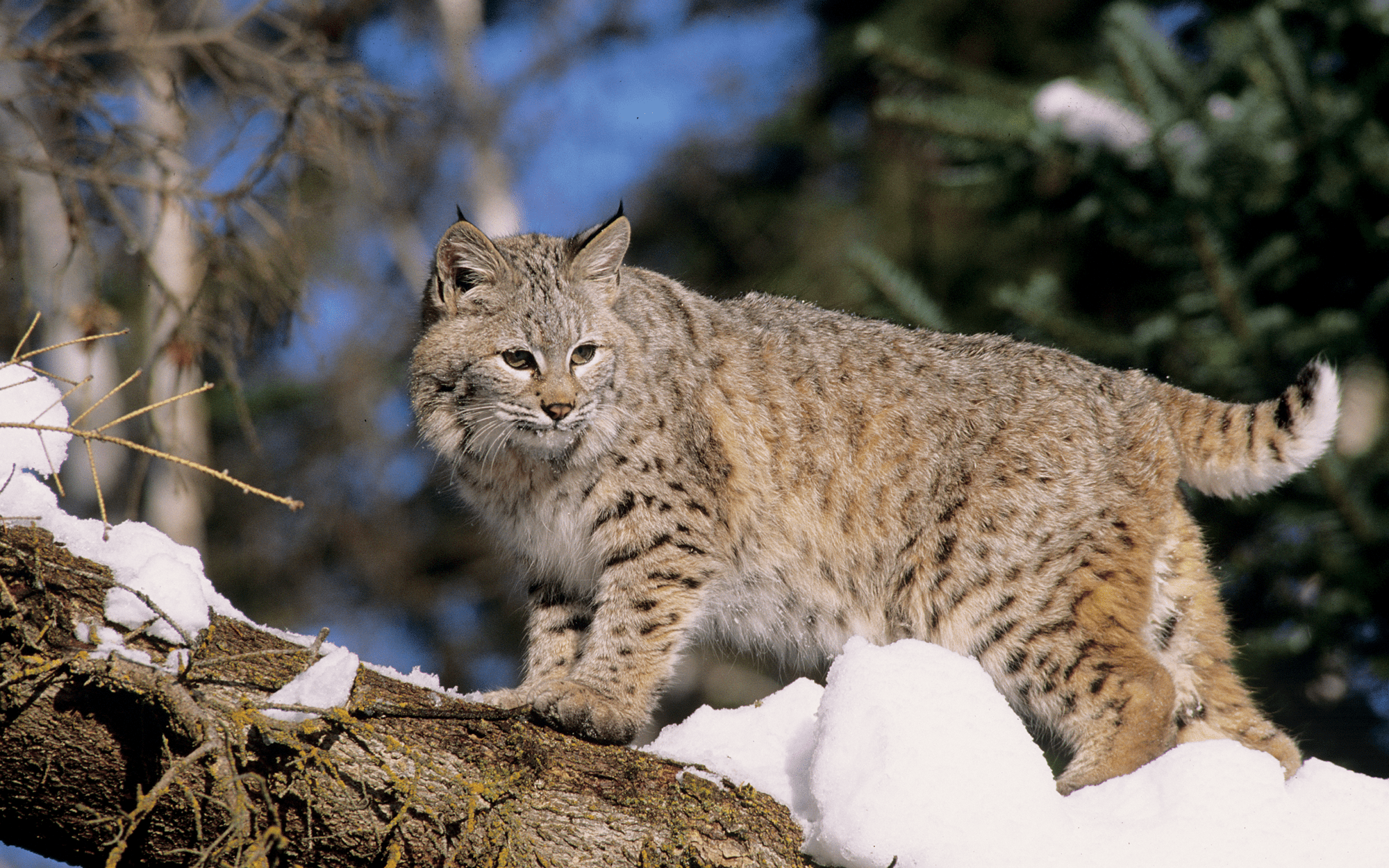

It was fifteen years ago this fall that OHIO’s beloved mascot finally got a name: Rufus. First introduced in 2006, Rufus descends from Bobcats going back to 1925, when the University first adopted the mascot to reflect the wild cat’s hardiness and hunting prowess. The moniker Rufus comes from the scientific name for the bobcat, Lynx rufus, but also echoes that of Rufus Putnam, a cofounder of the Ohio Company of Associates instrumental in establishing Ohio University.
But how much do you know about the actual animal known as the bobcat?
There’s much to learn in a forthcoming guidebook from Ohio University Press titled Mammals of Ohio, by John D. Harder and Guy N. Cameron. An accessible resource for experts and general readers alike, the book covers 55 mammalian species—from tiny, obscure shrews to the magnificent white-tailed deer—and their habitats, life cycles and protection status across the state. The book also educates readers about conservation and how to join those efforts.
While it’s easy to spot Rufus at athletic events, real bobcat sightings in Ohio these days aren’t as common. As the state grew in the early 1800s, rapid deforestation eliminated Ohio’s bobcats by 1850. It would be nearly a century before the next confirmed sighting of an Ohio bobcat in 1946, the authors state. Environmental conservation and restoration efforts led to increased sightings from the 1960s to the 2000s, and, in 2014, bobcats were removed from the Ohio endangered species list.
The most widely distributed wild cat in North America, bobcats—both the actual and the OHIO variety—can be found throughout the contiguous United States. In southern Ohio, their territories can range up to 60 square miles.
Bobcats communicate through scent and vocalization, including hissing, screeching and howling. (Can I get a loud “OU, Oh Yeah?”) They even purr.
At fifteen years old, Rufus is a bit long in the tooth compared to his wild cousin, whose lifespan is actually closer to seven years. Happy birthday, Rufus, and welcome home to the Bobcat State, Lynx rufus.
Mammals of Ohio will be available in December wherever books are sold.
Featured image courtesy of Ohio Department of Natural Resources






